

The following lists the sub outcomes, examples of evidence when children can achieve each sub outcome and how educators can promote and help children to achieve EYLF Learning Outcome 4: Children Are Confident And Involved Learners.
The following lists the sub outcomes, examples of evidence when children can achieve each sub outcome and how educators can promote and help children to achieve EYLF Learning Outcome 3: Children Have A Strong Sense Of Wellbeing.
The following lists the sub outcomes, examples of evidence when children can achieve each sub outcome and how educators can promote and help children to achieve EYLF Learning Outcome 2: Children Are Connected With And Contribute To Their World.
The following lists the sub outcomes, examples of evidence when children can achieve each sub outcome and how educators can promote and help children to achieve EYLF Learning Outcome 1: Children Have A Strong Sense Of Identity.
Due to the unfortunate incidents of young children being left on buses which tragically resulted in the death of a 3-year-old boy, approved providers are encouraged to review their policies and procedures to ensure the safe transportation of children during excursions, drop off and pickups.
In a school-age setting, a quality program is crucial for the children's development, learning and wellbeing. It provides an opportunity for the Educators to provide a variety of experiences to support children and collaborate effectively with the children, families, educators and the school community.
One of the biggest hazards we face as early childhood Educators is back injuries. The amount of times we bend, stretch, and lift throughout the day is endless and this can put a strain on your back, causing serious long-term injuries. The following article provides information on Back Risks, Prep Before The Day, Strategies To Support Back Care Throughout The Day and more.
Just imagine a line down the centre of the body. Crossing the midline is a child's ability to reach across the middle of the body with arms and legs crossing over the opposite side. The following article provides information on Why Crossing The Midline Is Important, Activities To Improve A Child's Ability in Crossing The Midline and more.
Policies are an important part of an early childhood setting. They are a legal requirement that identifies and minimise risks of various tasks and responsibilities demonstrated by Educators and provide information for families of how situations are handled.
Policy and Procedures are an integral part of the documentation that is required to meet legislative requirements. They prevent uncertainty about how particular situations are handled and support Educators to understand their roles and responsibilities. The following article provides information on What Should Policies Include, Testing Your Policy (Case Scenario), Successful Policies, Policy Pitfalls, Policies In The National Regulations and more.
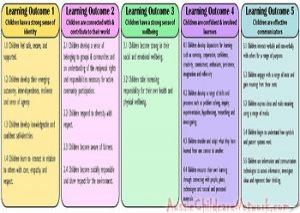 Here is the list of the EYLF Learning Outcomes that you can use as a guide or reference for your documentation and planning. The EYLF… Read More
Here is the list of the EYLF Learning Outcomes that you can use as a guide or reference for your documentation and planning. The EYLF… Read More
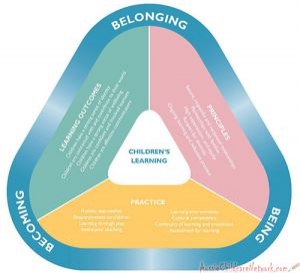 The EYLF is a guide which consists of Principles, Practices and 5 main Learning Outcomes along with each of their sub outcomes, based on identity,… Read More
The EYLF is a guide which consists of Principles, Practices and 5 main Learning Outcomes along with each of their sub outcomes, based on identity,… Read More
 This is a guide on How to Write a Learning Story. It provides information on What Is A Learning Story, Writing A Learning Story, Sample… Read More
This is a guide on How to Write a Learning Story. It provides information on What Is A Learning Story, Writing A Learning Story, Sample… Read More
 One of the most important types of documentation methods that educators needs to be familiar with are “observations”. Observations are crucial for all early childhood… Read More
One of the most important types of documentation methods that educators needs to be familiar with are “observations”. Observations are crucial for all early childhood… Read More
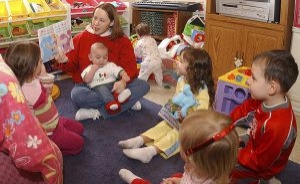 To support children achieve learning outcomes from the EYLF Framework, the following list gives educators examples of how to promote children's learning in each individual… Read More
To support children achieve learning outcomes from the EYLF Framework, the following list gives educators examples of how to promote children's learning in each individual… Read More
 Reflective practice is learning from everyday situations and issues and concerns that arise which form part of our daily routine while working in an early… Read More
Reflective practice is learning from everyday situations and issues and concerns that arise which form part of our daily routine while working in an early… Read More
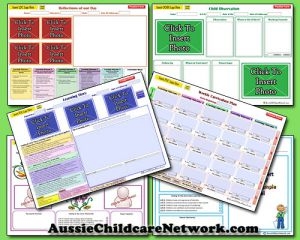 Within Australia, Programming and Planning is reflected and supported by the Early Years Learning Framework. Educators within early childhood settings, use the EYLF to guide… Read More
Within Australia, Programming and Planning is reflected and supported by the Early Years Learning Framework. Educators within early childhood settings, use the EYLF to guide… Read More
 When observing children, it's important that we use a range of different observation methods from running records, learning stories to photographs and work samples. Using… Read More
When observing children, it's important that we use a range of different observation methods from running records, learning stories to photographs and work samples. Using… Read More
 This is a guide for educators on what to observe under each sub learning outcome from the EYLF Framework, when a child is engaged in… Read More
This is a guide for educators on what to observe under each sub learning outcome from the EYLF Framework, when a child is engaged in… Read More
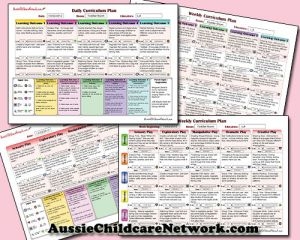 The Early Years Learning Framework describes the curriculum as “all the interactions, experiences, activities, routines and events, planned and unplanned, that occur in an environment… Read More
The Early Years Learning Framework describes the curriculum as “all the interactions, experiences, activities, routines and events, planned and unplanned, that occur in an environment… Read More
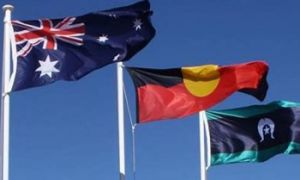
On 26 January we celebrate Australia Day. A day to reflect on what we have...
See more...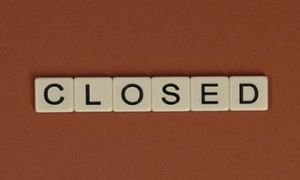
The “under the roof” rule allows childcare centres to meet staffing ratios by counting all...
See more...
Learning emotional regulation in the early years is not only important to become better-adjusted adults...
See more...© 2009-2025 Aussie Childcare Network Pty Ltd. All Rights Reserved.

